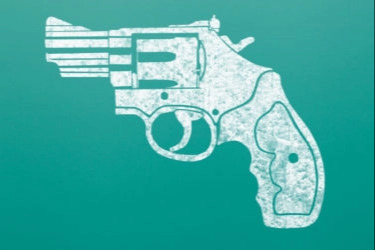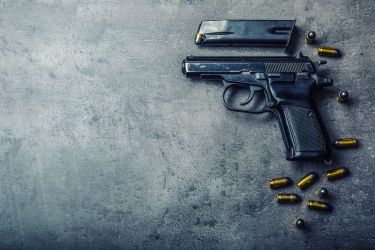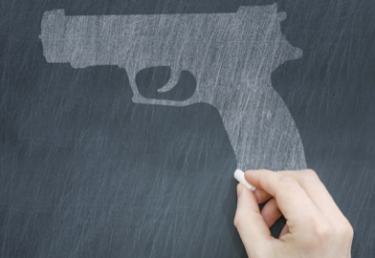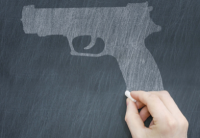After 19 children and two teachers were slaughtered by a gunman at Robb Elementary School in Uvalde, Texas, many Americans are asking, yet again, how to prevent future acts of senseless violence from occurring. What gun laws need to be changed? Why is it so difficult to pass regulations? How can Second Amendment rights be balanced with firearm safety?
Stanford scholars have been studying these issues from a range of perspectives, including law, politics, economics, and medicine. Here are some of their findings.
Update: May 25, 2022: This story was originally published on Feb. 26, 2018, and has been updated to include new content.










































